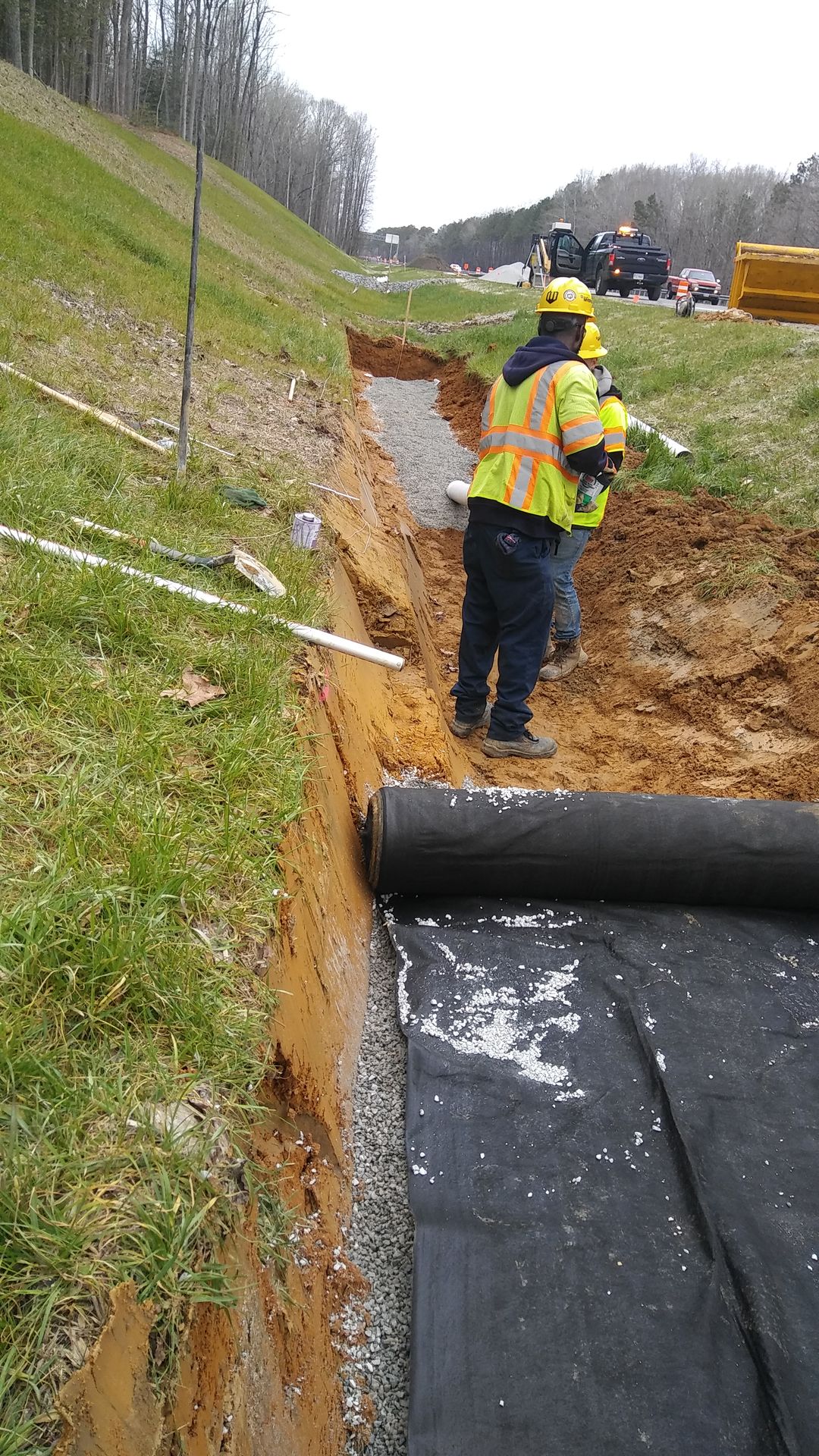Stormwater management is a crucial aspect of residential property maintenance. Whether you manage a large property or are part of an HOA, preventing erosion, flooding, and water pollution are essential to maintaining the integrity of your home and community.
This guide will delve into the best practices of residential stormwater management and effective remediation techniques for homeowners and property managers.
Residential Stormwater Management: An Overview
Residential stormwater management includes the use of collection and treatment controls designed to prevent flooding, erosion, and pollution of local streams.
Residents who struggle with persistent flooding and topsoil erosion leading to the loss of plant life can benefit by investing in erosion control strategies via stormwater best management practices (BMPs) or the assistance of a residential stormwater company.
Proper residential stormwater control is essential for various reasons:
- Protects properties from water damage and erosion.
- Prevents water pollution by reducing the discharge of pollutants into water bodies.
- Maintains the natural hydrological cycle and preserves the ecosystem.
- Ensures compliance with local regulations and environmental standards.
Residents have the option of using proactive BMPs or remediation tactics to resolve existing stormwater issues.
Best Management Practices (BMPs) for Residential Stormwater Management
Below is a list of common residential stormwater BMPs that any homeowner can install or implement to help manage excess stormwater runoff on their property.
1. Rain Gardens and Bioretention
Rain gardens and bioretention areas are attractive and functional landscape features that help manage stormwater. These areas are designed to collect and filter stormwater, allowing it to infiltrate the soil naturally. Native plants and vegetation in rain gardens aid in pollutant removal and contribute to the overall aesthetics of the property.
2. Permeable Pavers
Replace conventional concrete or asphalt pavements with permeable pavers to enable water infiltration. Permeable pavers allow stormwater to seep through the surface, reducing runoff and promoting groundwater recharge. They also mitigate the heat island effect and enhance the visual appeal of your property.
3. Swales and Bioswales
Swales and bioswales are shallow, vegetated channels designed to manage stormwater flow and filter pollutants. They are effective in slowing down runoff, promoting infiltration, and removing contaminants, making them ideal for managing stormwater on sloped properties. Install them around hills or near running streams of running water to prevent sediment and other debris from being carried away.
4. Rain Barrels and Cisterns
Rain barrels and cisterns collect and store rainwater from rooftops. Cisterns used to be fairly common before modern plumbing.
Water collected in a cistern or rain barrel can be used for various non-potable purposes, such as watering gardens and landscapes. Harvesting rainwater thus reduces the demand for municipal water supplies and saves on water bills.
5. Green Roofs
Finally, green roofs, also known as vegetative roofs, are not the most practical option but are available for homeowners with a green thumb. Green roofs are covered with vegetation that absorbs and retains stormwater. These roofs significantly reduce runoff and help regulate building temperatures, saving energy. Green roofs also provide habitat for birds and insects, contributing to urban biodiversity.
Remediation Techniques for Stormwater Management
If you are struggling with existing flooding, erosion, or pollution issues, consider these stormwater remediation techniques to improve your property.
1. Downspout Repair
Damaged gutters and downspouts are one of the most common causes of excess stormwater runoff, which leads to flooding and erosion. Repair and unclog all gutter systems to properly channel stormwater runoff into a healthy and stable area. Gutters are also important in protecting foundations from damage, as excess rain can seep into the ground and damage concrete if not properly channeled.
2. Soil Stabilization
Soil erosion leads to loose sediments, which makes it even more difficult to control stormwater runoff and leads to issues downstream, such as turbidity.
Implementing soil stabilization techniques, such as matting and hydroseeding, helps prevent soil erosion and sediment runoff during construction or land development projects. In turn, healthy soil slows stormwater flow, allows for higher infiltration, and can assist in revegetation.
3. Revegetation
Planting vegetables and crops helps establish firm root systems that slow stormwater flow, make the soil more resilient, and filter out heavy sediment particles. Residential hydroseeding is available for quick revegetation results that grow back in a few days.
4. Erosion Control Blankets
Erosion control blankets or matting made of geotextile fabrics provide temporary or permanent protection for bare soils. They stabilize the soil and reduce the impact of raindrops, preventing erosion. Apply erosion control blankets around slopes and patches in your yard or property where the soil is bare and exposed to the elements.
5. Sump Pumps
If you experience frequent flooding in basements, trenches, or ponds, a sump pump can be installed to channel excess water out of these areas and into an adjacent downspout or outflow spot. While slightly expensive, sump pumps are some of the best tools available to prevent flooding during heavy rain or snow storms.
Effective residential stormwater management is essential for safeguarding properties and the environment. By implementing best practices and remediation techniques, homeowners can contribute to sustainable stormwater control and make a positive impact on their communities.
If you’re looking for effective residential stormwater management and control, be sure to contact the experts at Valor Environmental. We offer stormwater management for residential, commercial, and municipal properties and have a team of experts ready to tackle any issue you have.
FAQs – Frequently Asked Questions
What are some eco-friendly stormwater management options for homeowners?
Eco-friendly options include rain gardens, permeable pavers, green roofs, rain barrels, and swales.
Can I use rainwater collected in rain barrels for household purposes?
Rainwater collected in rain barrels can be used for non-potable purposes like watering gardens and landscapes but is not recommended for drinking or bathing unless properly treated.
Why is it essential to stabilize streambanks?
Stabilizing streambanks prevents erosion, protects water quality, and maintains aquatic habitats.

